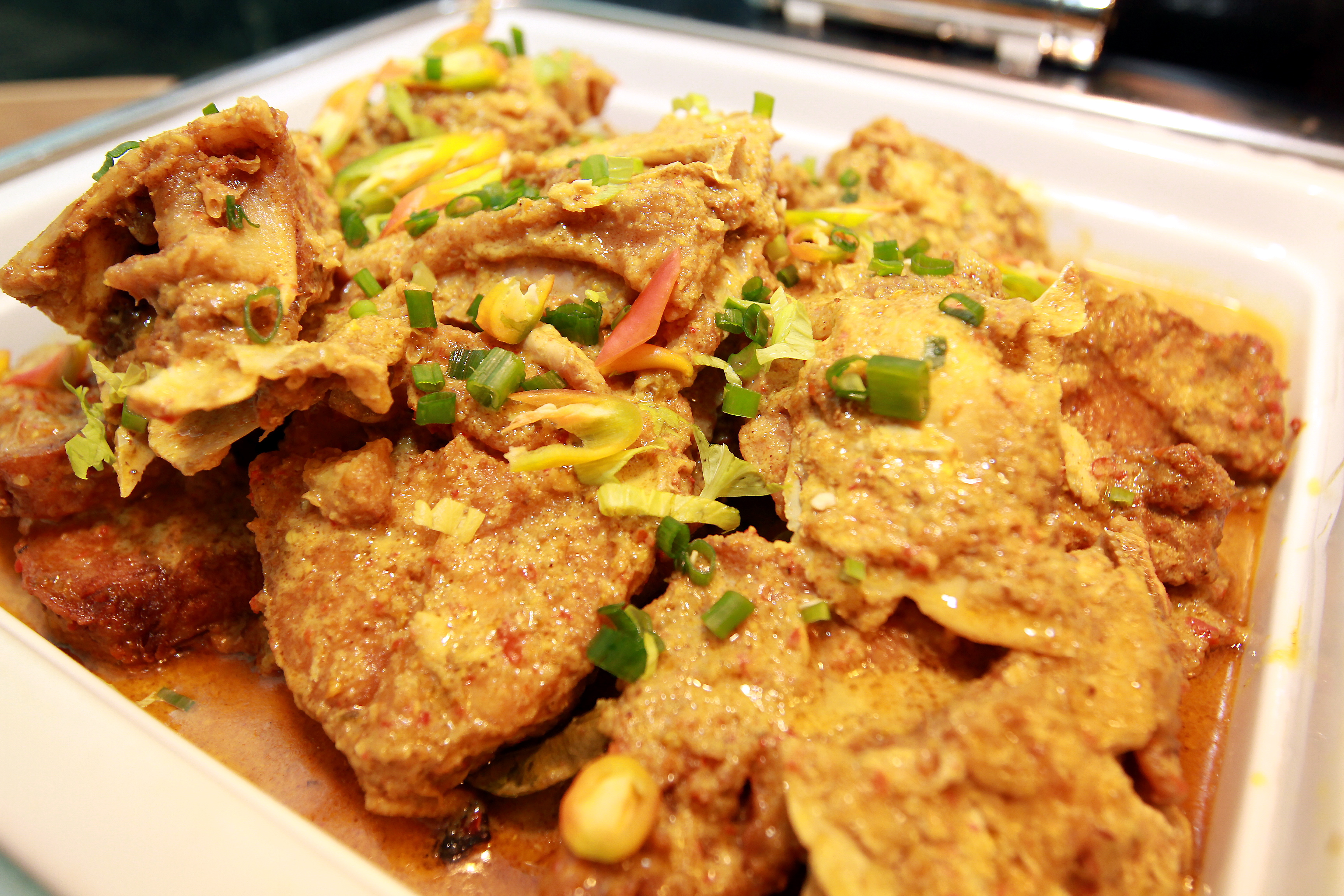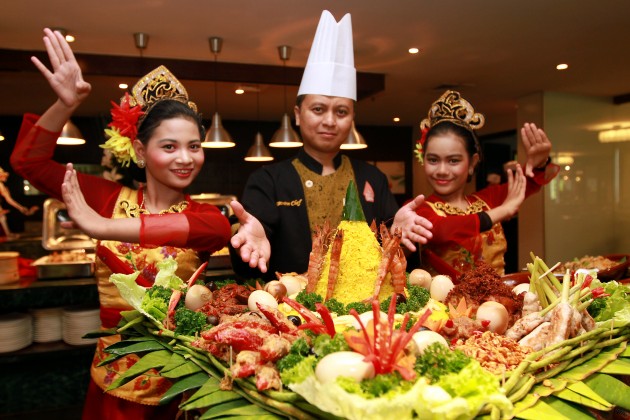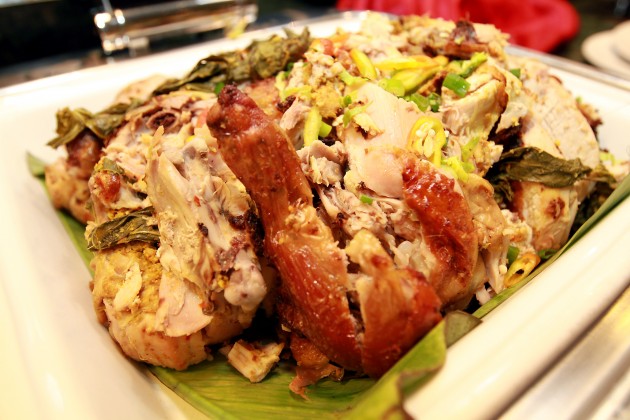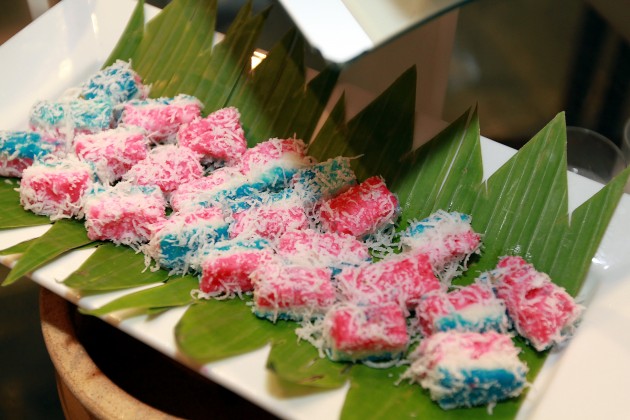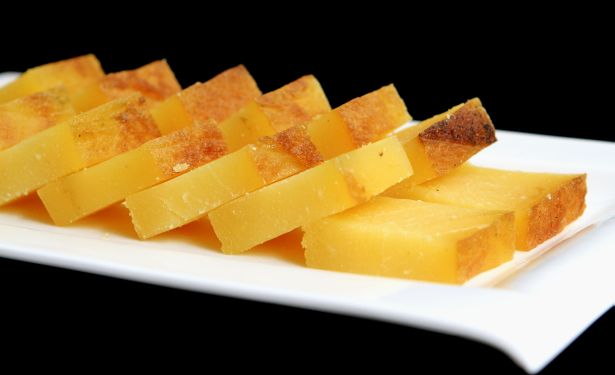SAFFRON BRASSERIE,
Ancasa Hotel and Spa,
Jalan Tun Tan Cheng Lock,
Kuala Lumpur.
Tel no: 03-2026 6060
Business hours: 6am-11pm
Taste authentic delicacies from the different islands during festival.
Ancasa Hotel and Spa Kuala Lumpur recently launched its “Fascinating Indonesian Food Festival”, which saw chefs from De Java Resort in Bandung, Indonesia training local chefs to cook over 50 Indonesian dishes influenced by the country’s different islands.
The food festival is on until Sept 15 and features dishes from Jawa, Sumatra, Sulawesi and Bali.
More than just a short preview of the neighbouring country’s delicacies, the festival also serves as a food culture exchange between the nations.
On the dishes selected for the menu, De Java Resort executive chef Boyke Sany Waluja said the chosen dishes were not too difficult to teach.
Before coming to Malaysia, Boyke and his team were taught to make nasi goreng mamak and nasi lemak by the Ancasa Hotel and Spa chefs when they visited Bandung.
Boyke said he was so impressed with the dishes that he made them part of his hotel’s breakfast selection.
During the promotion period, diners at the hotel’s Saffron Brasserie here will be treated to authentic Indonesian cuisine for lunch from Mondays to Sundays.
Indonesian cuisine is different from Malaysian meals.
Boyke said the style of cooking for both countries was different as Malaysians use a lot of spices in their meals while Indonesians find spices too strong.
“Indonesians prefer seasoning their food and the basic ingredients for their dishes are usually shallots, candlenuts and garlic,” he said.
There are five sets of menus for this promotion that will be rotated daily.
The spread during the launch definitely didn’t disappoint me.
A variety of food in an array of colours produced many different flavours.
You could have something sweet, something spicy and some dishes that were a cross between sweet and spicy to tease your palate.
Following the line of people, I started my meal with a small helping of nasi kuning. I paired that with some Ayam Bertutu, which is a traditional Balinese dish.
Ayam Bertutu looks exactly like your average fried chicken but unlike fried chicken, the chicken was stuffed with curry paste and cassava leaves, left for a day and then baked for one and a half to two hours.
My piece of chicken was dry but I was later told that I should pair it with some sambal mentah to enhance the flavour. This could have made the dish a little better.
Laid out for all to try were a variety of dishes, some non-spicy, but many tasted even better when mixed with some sambal.
Ikan Kakap Gulai Minang (Red Snapper) (top pic) which wasn’t too spicy tasted good, especially since the fish was fresh and didn’t have that fishy smell.
Set up next to some fresh and delicious chilli crabs was a dish called Gudeg Nangka.
From afar and without reading its label, I assumed that the dish was chicken cooked with tauchew (soya bean paste). It certainly tasted like that.
However, according to chef Boyke, the dish was actually cooked with tamarind juice and gula melaka that masked the taste of the jackfruit.
The result from this mixture is a sweet and sour dish made of jackfruit.
What I enjoyed best out of all the dishes was the Gulai Puyuh Cabai Ijo, which looks like green chilli chicken.
This dish was a little spicy but was so flavourful. It’s definitely worth a try, even if you don’t fancy spicy food.
It was the perfect pairing to my nasi kuning.
To end your meal, it’s recommended to try the Es Teler, which looks like ais kacang.
The Es Teler, however, is different from ais kacang because it tastes like a mix of ais kacang and cendol, as one guest puts it.
Es Teler is made with avocado, coconut flesh, mixed fruits and served with santan, evaporated milk and some cocopandan syrup.
The spread at Ancasa Hotel and Spa is definitely perfect for those who miss having the tasty dishes or have yet to try authentic Indonesian cuisine.
It is also suitable for those who may be travelling to the country soon, as you can take note of the delicious delicacies to look out for during your trip.
The price for the Fascinating Indonesian Food Festival is RM45 nett (for adults) and RM22 nett (children) and is offered from 12.30pm to 2.30pm.
This is the writer’s personal observation and not an endorsement by StarMetro.
